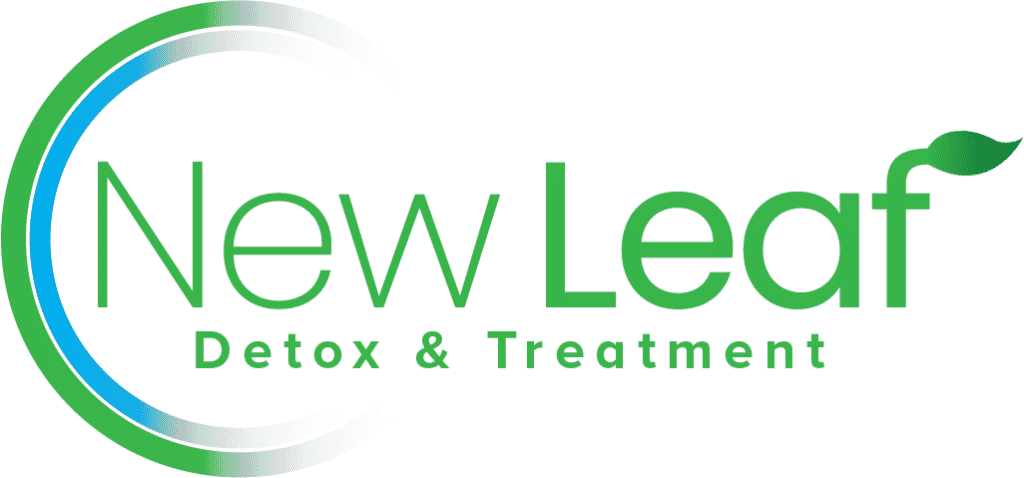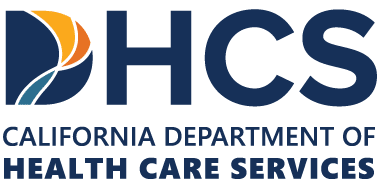According to the National Institutes of Health, 10% of American adults have had a substance use disorder at one point in their lives.
This means that more than 23 million adults in the US have struggled with the abuse of a substance. What happens when an individual is addicted to more than one drug at a time, though?
Using more than one drug at a time is known as polydrug abuse. There are inherent dangers of polydrug abuse that can heighten the risk of health complications, overdose, or death.
Are you or is someone you know is addicted to drugs and interested in learning more about polydrug abuse? If so, stick with us and we’ll take a look at why combining different drugs is a danger to your health and well-being.
What Is Polydrug Abuse?
Polydrug abuse refers to using two or more different addictive drugs at one time. This is usually done by people in order to enhance the “high” that they feel when they use certain substances. Combining different drugs can be incredibly dangerous and even fatal.
The Dangers of Polydrug Use
There are both short-term and long-term effects that can occur when someone partakes in polysubstance abuse. The specific effects will differ depending on which substances the individual is using. However, there are a number of general dangers that are associated with taking different types of drugs at once.
Increased Severity of Side Effects
There are potential negative side effects to all illicit drugs. When drugs are combined, however, the potential severity of the side effects increases an exponential amount.
When considering the side effects of combining drugs, it isn’t as simple as adding the separate effects of each substance together. Instead, they combine to create addictive effects. These are often more severe and unique compared to the individual effects of each substance.
Some of the general side effects that can be experienced with polysubstance abuse might include:
- Vomiting
- Nausea
- Balance issues
- Body pain
On top of that, it can change a person’s respiration rate, heart rate, and blood pressure.
Acute Health Problems
The blood concentrations of the substances can be increased due to the fact that drug interactions can reduce metabolism. This can produce new metabolites from the multiple substances breaking down and boost toxicity.
People who abuse multiple substances are more likely to have certain disorders and diseases than individuals who don’t use drugs or have a dependence on one drug. For example, people who smoke cigarettes and use cocaine are more likely to have myocardial infarction, while people who are heavy drinkers who inject drugs are more likely to have hepatitis C.
Complicated Treatment
It is much more difficult to treat overdose when a person uses several different types of drugs. For example, an opioid overdose can typically be reversed when naloxone is used promptly. However, if the overdose is due to the use of other substances as well, it might not be effective.
It also typically takes more specialized treatment to achieve a full recovery from a polysubstance addiction.
Complications Due to Co-Occurring Mental Health Issues
It’s possible that people who have co-occurring disorders, meaning when a mental health disorder and a substance use disorder occur alongside one another, might be more likely to engage in combining different drugs.
Mental health disorder symptoms are often worsened by substance abuse. Additionally, substance abuse can be made worse by mental health issues. When an individual uses more than one substance, it can amplify all of these effects.
Overdose
There is always a possibility of overdose when someone is abusing a substance. However, the risk of overdose is increased when a person uses multiple substances at once.
Some substances can mask the impact and effects of other drugs. This means that users might take much higher doses than they would normally because they don’t experience the full effects of one of the substances. Overdose can occur as a result of this phenomenon.
When an individual overdoses, it is possible that they will experience long-term health effects. Overdoses can also be fatal.
Common Substance Combinations
Certain types of drugs are more likely to be abused together than others. Alcohol, for one, is commonly combined with illicit drugs as well as prescription drugs. This is often done in order to counteract the effects of certain substances or to achieve a “stronger” or “better” high.
Cocaine and Alcohol
Combining drugs and alcohol is not uncommon, and cocaine and alcohol are a particularly common combination. The amount of cocaine in a person’s system can increase by 30 percent when they also drink alcohol.
Opioids and Cocaine
These drugs have effects that oppose one another. Users might take them together in order to counteract the negative effects of each drug. Complications and overdose are more likely with this combination rather than on their own because they mask the effects of each other.
Opioids and Benzodiazepines
These are both central nervous system depressants. When combined, they can result in respiratory depression that can lead to an overdose.
Prescription and Illicit Drugs
It is a common misconception that prescription drugs are safer to use than other drugs because a doctor prescribed them. This is not the case, and it can be very dangerous to combine prescription drugs with illicit substances.
Are You Looking For Help Breaking Your Addiction to Drugs and Alcohol?
Polydrug abuse is exponentially more dangerous than abusing one substance, which on its own can carry life-threatening risks depending on the circumstance. If you or someone you love is struggling with an addiction to drugs, alcohol, or a combination of substances, there is help for you.
At New Leaf Detox & Treatment, we strive to equip our clients with the life skills, knowledge, emotional support, and spiritual tool kit to complete the meaningful transformation necessary to achieve long-term recovery. If you or someone you love needs help, please contact us today.



